The Witnesses are centralized, vetted and reliable nodes who randomly produce blocks. Transaction fees and block rewards, currently set to 3BTS, are paid to Witnesses!

The BTS protocol revolves around Witnesses (formerly Delegates) who act as specialized nodes, processing network confirmations and governance functions, among other things.
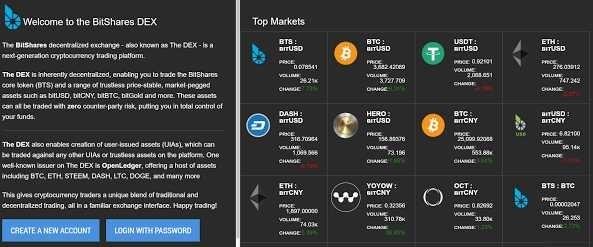
A block is currently created every 3 seconds, about the average block time of Ripple. The network currently handles 3 transactions per block.  )
However, the BTS network is a complicated system capable of many higher order functions, similar to Ethereum, and currently handles about 2.8 operations per second or about 8.5 operations per block.
>quote
Larimer believed that PoS is superior to Proof of Work (PoW) because the reliable node stakeholders of BTS have the best interests of the coin and security at heart. The developer was quick to admit that the consensus method is imperfect, PoS is vulnerable to 51% attack via shareholders, but believed the cost of acquiring 51% of BTS is much greater and acquiring 51% of the hashing power on a PoW system.

However, the BTS network is a complicated system capable of many higher order functions, similar to Ethereum, and currently handles about 2.8 operations per second or about 8.5 operations per block.
>quote
Larimer believed that PoS is superior to Proof of Work (PoW) because the reliable node stakeholders of BTS have the best interests of the coin and security at heart. The developer was quick to admit that the consensus method is imperfect, PoS is vulnerable to 51% attack via shareholders, but believed the cost of acquiring 51% of BTS is much greater and acquiring 51% of the hashing power on a PoW system.
 )
The network uses a deflationary supply system, with an available current supply of ~2.6 billion and a likely max supply of ~3.7 billion. BTS can also be burned, reducing total supply and increasing value for investors.
)
The network uses a deflationary supply system, with an available current supply of ~2.6 billion and a likely max supply of ~3.7 billion. BTS can also be burned, reducing total supply and increasing value for investors.
The BTS higher order functions allow for the creation of distributed autonomous companies (DACs), which are similar the decentralized autonomous organizations (DAOs) created on Ethereum, and allow for rules based entities using smart contracts. https://steemit.com/blog/@alfa-good/tuesday-17-oktober-2017-posting-in-the-morning-a-pleasant-time-because-of-the-amazing-idea-20171017t5445687z  )
The main difference between the two being a DAC pays dividends whereas a DAO is a non-profit which can also earn money. DACs are also being promoted as a key component of EOS.

The main difference between the two being a DAC pays dividends whereas a DAO is a non-profit which can also earn money. DACs are also being promoted as a key component of EOS.
 )
The exchange is location-neutral and the speed of the transaction does not improve based on your proximity to a centralized entity. The exchange also makes use of a currency pegged to USD$1.00, BitUSD, similar to Tether.

The exchange is location-neutral and the speed of the transaction does not improve based on your proximity to a centralized entity. The exchange also makes use of a currency pegged to USD$1.00, BitUSD, similar to Tether.
 )
The bill was introduced to the Senate in Carson City on March 20, and sponsored by Republican Senator Ben Kieckhefer. While the legislation has been amended twice, it passed the vote 41 to 0.
Kieckhefer states that the bill will help ensure the State keeps pace with technological advancements, “and provide a legal framework for people using a blockchain to not do so in a legal gray area.”
“Senate Bill 398 is an offshoot of several efforts I worked on in the 2015-2016 Interim to ensure Nevada has an environment welcoming and inclusive of startups,” the State Senator from District 16 adds. “Entrepreneurs have been working on a package of legislation to ensure that, instead of just incentivizing large companies to relocate to the State, we have policies incentivizing them and smaller companies to start and grow here.”
>quote
“Local governments cannot impose taxes, fees or other requirements relating to the use of blockchain or smart contracts. Governments also cannot require a license or permit to use those methods.”
While the DEX has been a market leader in decentralized exchange development, the current website appears to be down, and there are talks of a rebranding and update on the cards. Volume and liquidity are also notoriously low, often with large spreads.
Centralized exchanges are superior by most metrics except for custodial risk, which has been a major problem for dozens of exchanges, like Mt. Gox, Bitfinex, and BTCe. Centralized exchanges create a vast honey pot where the exchange security itself is much less secure than the cryptocurrency being traded.
A harsh and unfriendly regulatory environment may one day push all cryptocurrency traded volume to decentralized exchanges, which have no central point of failure and cannot be shut down by a government entity.
)
The bill was introduced to the Senate in Carson City on March 20, and sponsored by Republican Senator Ben Kieckhefer. While the legislation has been amended twice, it passed the vote 41 to 0.
Kieckhefer states that the bill will help ensure the State keeps pace with technological advancements, “and provide a legal framework for people using a blockchain to not do so in a legal gray area.”
“Senate Bill 398 is an offshoot of several efforts I worked on in the 2015-2016 Interim to ensure Nevada has an environment welcoming and inclusive of startups,” the State Senator from District 16 adds. “Entrepreneurs have been working on a package of legislation to ensure that, instead of just incentivizing large companies to relocate to the State, we have policies incentivizing them and smaller companies to start and grow here.”
>quote
“Local governments cannot impose taxes, fees or other requirements relating to the use of blockchain or smart contracts. Governments also cannot require a license or permit to use those methods.”
While the DEX has been a market leader in decentralized exchange development, the current website appears to be down, and there are talks of a rebranding and update on the cards. Volume and liquidity are also notoriously low, often with large spreads.
Centralized exchanges are superior by most metrics except for custodial risk, which has been a major problem for dozens of exchanges, like Mt. Gox, Bitfinex, and BTCe. Centralized exchanges create a vast honey pot where the exchange security itself is much less secure than the cryptocurrency being traded.
A harsh and unfriendly regulatory environment may one day push all cryptocurrency traded volume to decentralized exchanges, which have no central point of failure and cannot be shut down by a government entity.
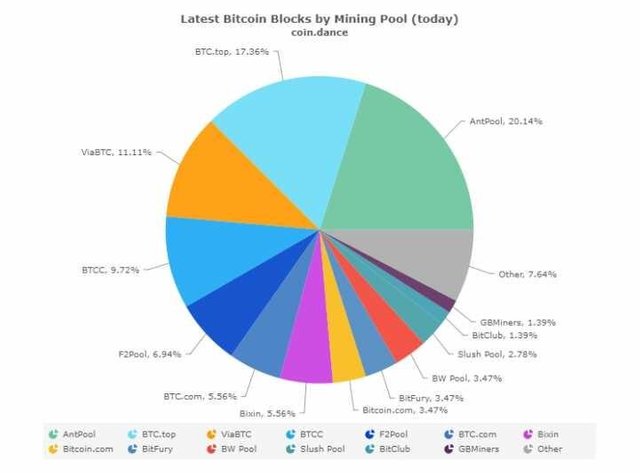
A protocol feature called “PrivateSend” lends DASH to be labelled as a ‘privacy coin,’ along with Monero and ZCash. PrivateSend is essentially a coin mixing service which combines identical inputs from multiple users into a single transaction with several outputs.
The cryptocurrency uses a two-tiered PoW (PoW) and Proof of Stake (PoS) consensus model. PoW mining verifies the ledger and receives most of the block reward. Only ~18,000,000 total DASH will ever be mined with block rewards decreasing by 7% a year until no rewards exist.
quote
The DASH network handling <10k transactions per day is underperforming for a currency with a ~USD$2.5 billion market capitalization. However, the PoS component partially contributes to the inflated market capitalization by removing DASH supply from trading supply on exchanges.
Although the 1000 DASH collateral in Masternode stake can be removed at any time, currently 4556 Masternodes soak 4,556,000 DASH or 60% from total supply.
However, the marketing and PR budget has increased substantially as the price of DASH has increased. This allows DASH to target further market penetration, increase adoption, and attract more speculative investment.
Technicals appear strongly bullish with a months long period of bullish consolidation ending soon. Near term targets are ~0.111BTC-0.121BTC with longer term targets of ~0.200BTC-0.240BTC.
“The main task is to define the concept of what is a cryptocurrency, whether a crypto currency is a financial instrument, “ Aksakov clarified. “This is important because it can have different tax consequences. Because transactions with financial instruments are not subject to VAT. If this is a different kind of product, then a value-added tax may arise.”
Taxation of cryptocurrencies is the main concern for the Finance Ministry, and it is an important issue in the Duma, at the Central Bank, and at some other government departments as well. The head of the Ministry of Communications, Nikolai Nikiforov, recently said that his department will “submit rules for circulation of cryptocurrencies to the government, the Central Bank and other financial institutions that will be responsible for the monetary component,” according to RBC. “Such operations should be taxed not with VAT or on profit, but taxed on personal income,” Nikiforov declared. His Ministry “will deal with technical issues.” “Bitcoin is unlikely to be fully legalized in Russia, since this technology is based on foreign encryption algorithms, and they are not recognized from the point of view of Russian jurisdiction.”
It is clear that regulators will pay close attention to the development and use of DLT in the regulated sector. Regulators have generally avoided regulating technology itself and have paid attention to the uses and products that may be promoted or developed across the technology platform.
The development team has since announced a much-improved version 2.0, acquired more funding, hired a larger team, and got to work. While their blog has been trickling details and hints about upcoming features, a launch date has only just been provided.
According to OB1 CEO and Project Lead for OpenBazaar, Brian Hoffman, the version 2.0 launch will likely be in August this year, sandwiched in between the release of their upcoming smartphone app and an event they plan to hold for the community.
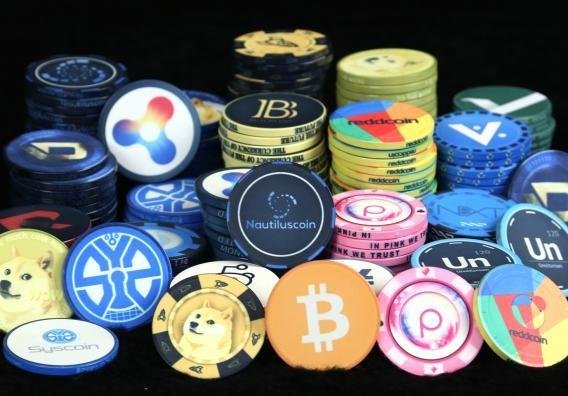
Dubbed “Crypto Is Currency Day,” the event will be some time in September. The company says that they will be holding the event in order to “highlight use cases for digital currencies worldwide” and “encourage users to build network value by spending some of their coins.”
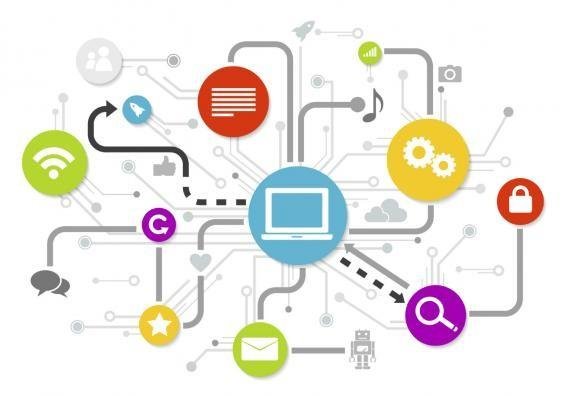
However, the first software release is an OpenBazaar mobile application that Hoffman says will be on the market “very soon.” Unlike a desktop or server installation of OpenBazaar, the mobile app would be primarily for shopping and secure communications. The CEO explained that while the software will be running a mobile only version of OpenBazaar version 2.0, users won’t be able to host stores with the app.
Whilst the market monitors potential regulatory developments, effective governance is the key to the successful implementation of distributed ledger technology to protect participants, investors and stakeholders whilst ensuring that the system is resilient in the face of systemic risk, privacy concerns and cybersecurity threats.
quote
The development of the regulatory approach is still unclear, but it is incumbent on the industry as a whole to monitor applications to which blockchains may be put and avoid products and processes that are abusive or will lead to systemic risk. Otherwise, we can expect heavy-handed regulation that will limit the future development of the technology and the benefits it can provide.
https://m.facebook.com/home.php?soft=bookmarks
https://m.facebook.com/herman.hanafiah.1?ref=bookmarks
@alfa-good
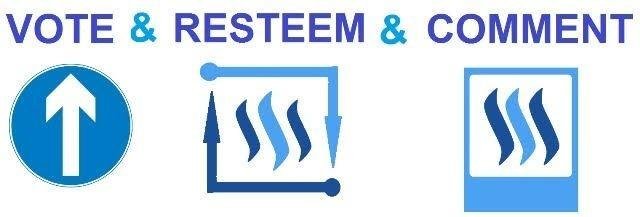
Very nice read, thank you.
Looks like you had some trouble with some of the images in your post?
@minnowpond1 has voted on behalf of @minnowpond. If you would like to recieve upvotes from minnowponds team on all your posts, simply FOLLOW @minnowpond.